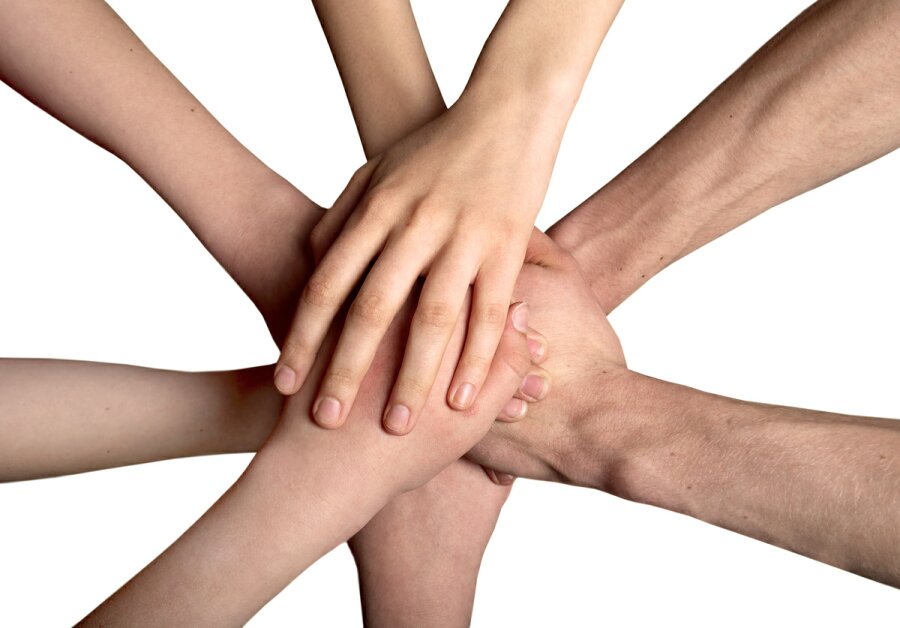Get The Right Shoes Before You Start Running
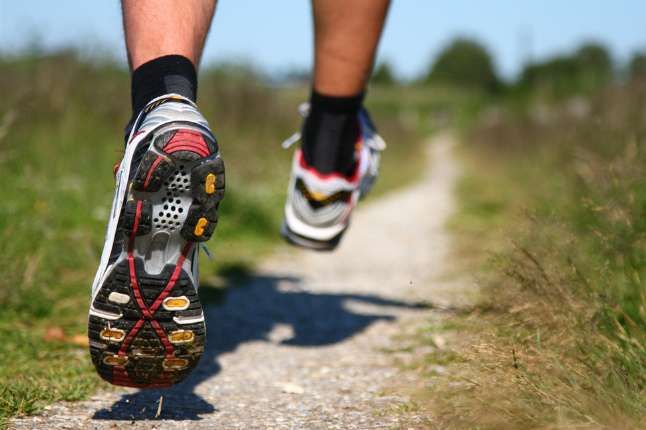
It’s the start of a new year and many people have made a resolution to get into better shape. Often times, this means making an effort to exercise more including jogging or running. Some people may even have plans to run in a half or full marathon this year. But, before you hit the road and start training, be sure to get the right footwear. Otherwise, you may find your training cut short by painful symptoms or injury.
There are many factors to consider when looking for the best running shoes that will fit your needs. First, where do you intend to run? Will it be on a more consistent type of surface like a treadmill, on pavement, or on a track? Or, will it be on dirt trails with sand, gravel, etc.? Get the shoes which are better suited for the places you plan to run. Another very important aspect to understand is the arch of your foot. The shape of your arch will determine the type of running shoe that will give you the most appropriate support. If you have a flat foot and tend to “over pronate” (i.e.- roll to the inside), then a “stability shoe” may be recommended. Conversely, if you have a higher than normal arch and your foot is “supinated”, then a shoe with more cushioning may be required.
When you’re ready to go into a store to buy your shoes, keep a few other things in mind. To ensure a proper fit, shop for shoes at the end of the day. Your feet swell during the day (and while running), therefore, trying on shoes later in the day will give you the best fit. Also, have your foot measured since your shoe size can change as you age. It is typically recommended to get running shoes a half-size or even a full size larger to allow proper room for the foot. Bring the socks you wear for running and any insoles or orthotics you use when trying on shoes. Try on several pairs of shoes to really get a sense of what feels good to you. Finally, take your shoes for a test drive by actually running in the store or outside.
Now that you have the right shoes, plan on replacing them about every 400 miles. If you run almost everyday, consider getting two pairs. Running shoes may need a day to decompress and dry out after a longer run, so you can alternate on a day to day basis. By getting the proper footwear, you can help avoid injuries and keep your training on track!



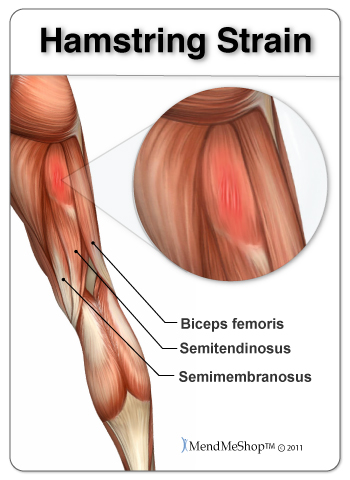
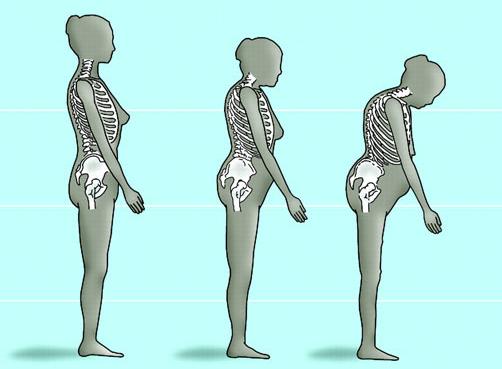
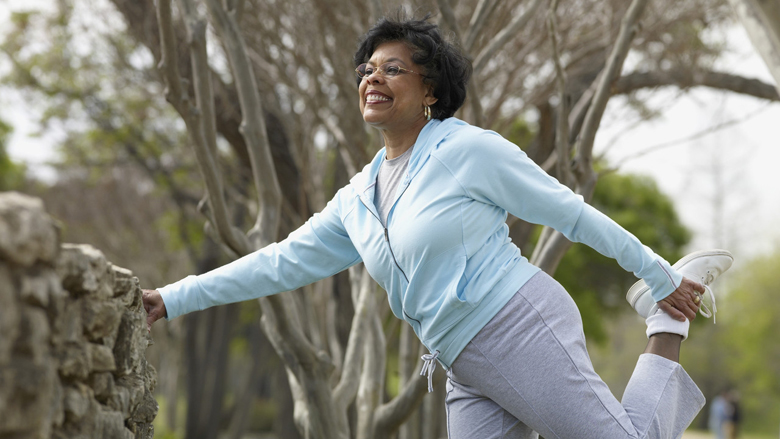


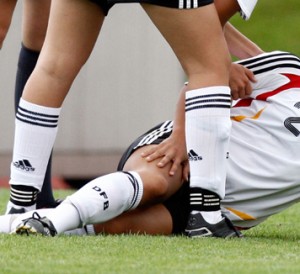 For the past few decades, the number of females participating in sports has increased. In addition, the incidence of female athletes sustaining an anterior cruciate ligament (ACL) tear has also considerably grown. Studies have indicated that ACL injuries are up to 2-8X more common in females than males. The aftermath of an ACL tear is significant physically, mentally, and financially. The average rehabilitation time following an ACL reconstruction is about 9 months.
For the past few decades, the number of females participating in sports has increased. In addition, the incidence of female athletes sustaining an anterior cruciate ligament (ACL) tear has also considerably grown. Studies have indicated that ACL injuries are up to 2-8X more common in females than males. The aftermath of an ACL tear is significant physically, mentally, and financially. The average rehabilitation time following an ACL reconstruction is about 9 months.